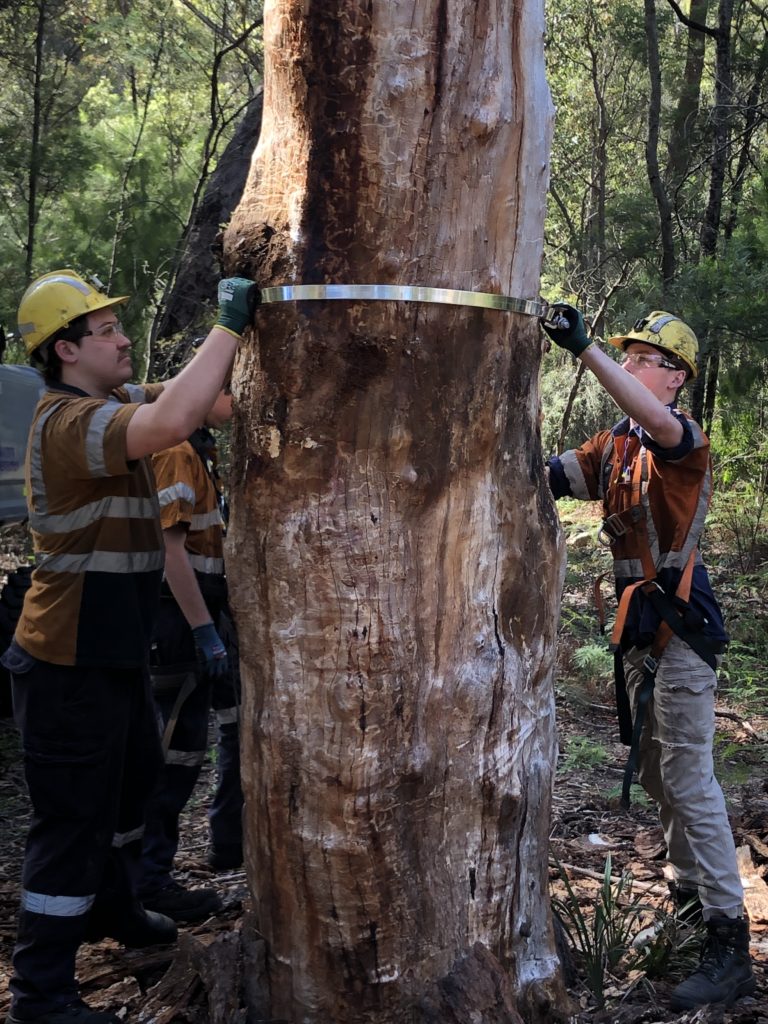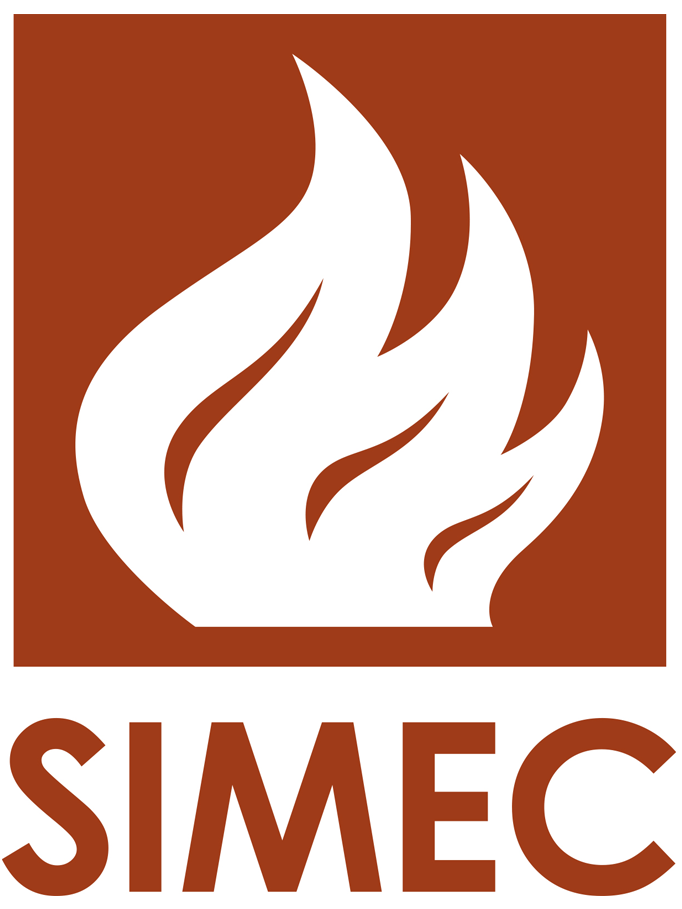
SIMEC Mining’s Tahmoor Colliery is working closely with local traditional owners to preserve a culturally significant scar tree.
SIMEC Mining liaises with the Tharawal Local Aboriginal Land Council, Cubbitch Barta Native Title Claimants, and the Aboriginal Cultural Heritage Advisory Committee (ACHAC) about our mining operations.
Each year, our apprentices undertake a special community project. Last year’s project was initiated following an approach by NSW National Parks and Wildlife Service and an onsite meeting with local Dharawal woman, Glenda Chalker.
The scar tree, located in the Thirlmere Lakes National Park, is one of only two known trees in the area. In 2019, the tree was struck by lightening resulting in a large split down its entire trunk. Heavy branches were lopped from the tree to prevent it toppling over.
As part of the project, our apprentices sourced engineered bands to brace the tree and will later undertake landscaping around the site.
Ms Chalker said that traditionally, bark taken from the trees was used to fashion shields, coolamon (bowls) and in some cases to carry infants. Preserving the tree meant that in time, it would return to the earth naturally and in its own time.
While the exact age of the scarring was difficult to know, Ms Chalker/Aunty Glenda estimated the scarring could date back to pre-colonisation times. The tree represents a long-held connection to country of the Dharawal people and traditional cultural practises.
Executive General Manager of Coal Operations, Peter Vale, said the work being completed was aligned with our first Reconciliation Action Plan (RAP).
“We are committed to further strengthening our relationships with local Aboriginal communities and stakeholders by building on our existing efforts and implementing new initiatives and partnerships,” Mr Vale said.
“These partnerships will better inform us to identify and implement initiatives that are impactful, culturally appropriate, and deliver change.
“This project is not only helping to preserve a culturally and historically important site in the area but is fostering greater understanding and respect of First Nations people and culture.”
